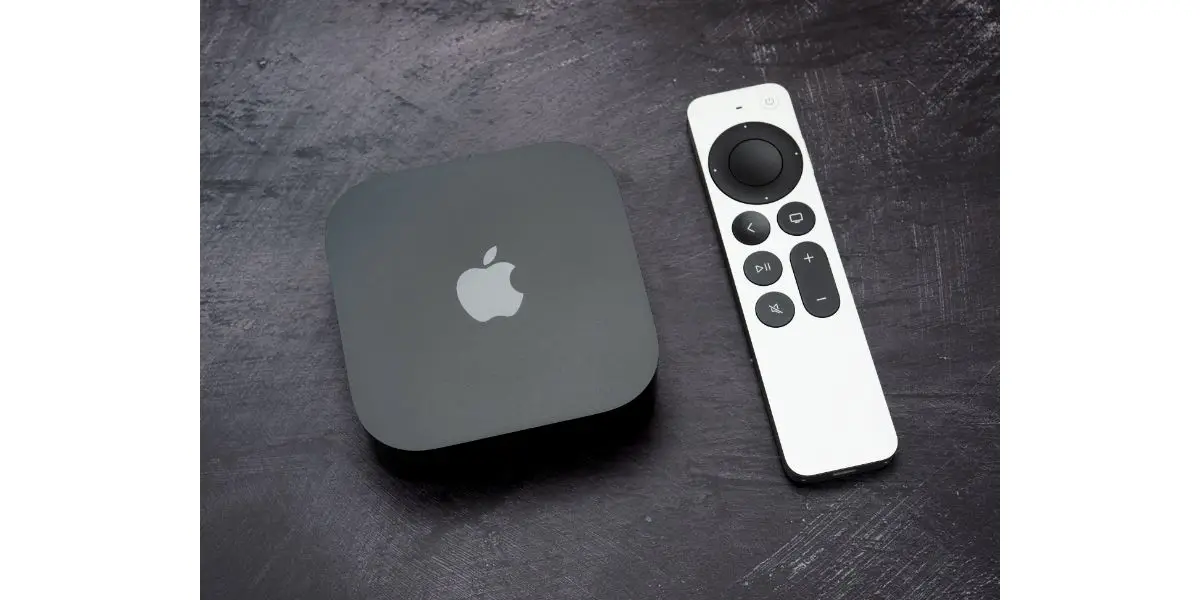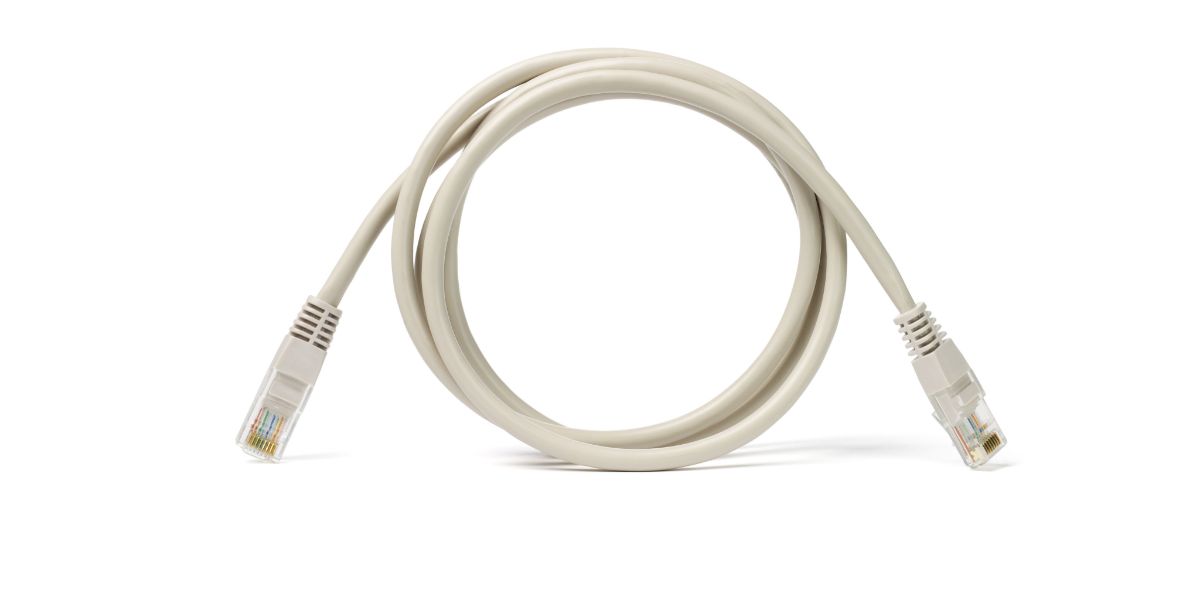Disclaimer: This post may contain affiliate links, meaning we get a small commission if you make a purchase through our links, at no cost to you. For more information, please visit our Disclaimer Page.
Your Apple TV needs to connect to the internet through Wi-Fi or an ethernet cable. Both will let you stream videos, use different apps, and display online content in your home, so which is best? We’re breaking down both options so you can make an informed decision today.
Table of Contents
6 Factors to Consider between Ethernet or Wi-Fi for Apple TV
Choosing a Wi-Fi or an ethernet connection is just as much a personal preference as it is situational. You may love the liberty of Wi-Fi, but be situated in a rural area where your ethernet connection is stronger.
When choosing which to use, you’ll need to consider:
- Your preferences
- Connection needs due to where you live
- Signal strength, bandwidth requirements, and speed
- Where your router is located compared to your Apple TV
- How many other devices are using your Wi-Fi
- Hacking concerns
1. Preferences
Generally speaking, Wi-Fi offers more convenience for placement and fewer wires, whereas Ethernet offers a more reliable and faster connection with placement limitations.
2. Connection Needs
Rural areas may not allow for a strong Wi-Fi signal. In these cases, ethernet cables work best.
3. Signal Strength
Your signal or internet strength includes the bandwidth requirements and speed. This is how fast the data is transferred between your smart Apple TV and the internet.
Network bandwidth is the maximum amount of data that can move between your internet and Apple TV at one time. The higher the bandwidth the higher the speed, but you need certain bandwidths depending on what you use Apple TV for.
For example, streaming 4K quality content requires at least 25 megabits per second, whereas standard definition streaming only requires a minimum of 3 megabits per second.
Internet speed is also measured in megabits or gigabits per second. Some apps and devices can perform a speed test for you through your Apple TV. Speed is directly affected by the bandwidth.
Ethernet cables provide a higher bandwidth than Wi-Fi, which is also affected by the other factors listed below.
4. Router Location
If your router is located in another room or on another floor than your Apple TV, using an ethernet cable may not be practical or possible. If it’s in the same room as your TV, it may be an easy connection.
5. Other Devices
If you plan to stream high-quality content and use your Wi-Fi on other devices at the same time – like if you share your Wi-Fi with multiple household members – you may have a better connection via ethernet than Wi-Fi.
If your household includes yourself or another person, the Wi-Fi signal may be strong and sturdy enough no matter what you stream.
6. Hacking
Nowadays we submit quite a bit of personal information electronically, so you may be worried about cyber security and hacking. If a hacker can log on to your internet connection, they could access your login info for things like bank accounts, email, and more.
Both ethernet cables and Wi-Fi connections are susceptible to hacking, but ethernet cables provide a greater stronghold against such attacks
The Differences Between Ethernet and Wi-Fi
Both ethernet and Wi-Fi connections are used to connect Apple TV to the internet, but there are some notable differences.
Firstly, both connections transmit data differently. Wi-Fi uses radio waves to move data wirelessly. Meanwhile, ethernet uses a wired connection for data transmission.
Another big difference between the two is the distance they can cover when connecting a device to the internet. Wi-Fi tends to cover about 150 feet for a 2.4 GHz frequency. A 5 Ghz frequency will be more limited. As for ethernet cables, they are physically limited by cable length.
As for similarities, both Wi-Fi and ethernet connections require a network to connect to. Usually, this will be your local area network (LAN) if you’re at home or a wide area network (WAN) if it spans different locations.
Both can also access high speeds and sturdy connections, but this depends on your internet provider, hardware, and home.
Using An Ethernet Cable with Apple TV Pros
Ethernet cables come with two identical ends. One connects to your device – usually your Smart TV – and the other goes into the network device AKA router, modem, or network switch. This gives your Apple TV a direct connection to the LAN, also known as your internet.
Pros of an ethernet connection include:
- More stable and reliable connection
- No interference
- More secure against hackers
- Better for high-quality streaming
Overall, having a cable connection means you don’t have to worry about the internet speed going up and down. You can also rely on a stronger connection to enjoy high-quality 4K streaming.
An ethernet connection will also avoid any interference from other devices and objects in your home.
Using An Ethernet Cable with Apple TV Cons
While the connection is sturdy, the assembly isn’t. Ethernet connection cons include:
- Physical wire connection needed
- More challenging to set up
Setting up an ethernet connection requires the cable and an Apple TV with an ethernet port. First and second-generation Apple TVs have an ethernet port on the back right of the console. Most third generations also have this port.
Using Wi-Fi For Apple TV Pros
Wi-Fi sprouts these major pros:
- No cables
- Flexible positioning
- Easy to set up
Wi-Fi easily allows all of your cable-less devices to access the internet at once. You get to avoid the mess of cable and unaesthetic setups instead of one simple router. This means you have more flexibility in your Apple TV’s location, too.
These types of connections are usually a breeze to set up, and most homes already display a Wi-Fi connection for residents and guests to use.
Using Wi-Fi For Apple TV Cons
Wi-Fi also sports these cons:
- Fluctuating connection strength
- Object interference
- Connection overload
- Hacking concerns
Your Wi-Fi strength may be good at first, but it can fluctuate much more than the connection through an ethernet cord. The distance between your Apple TV and router, for example, plays a large part in the streaming speed of your device.
Add things like furniture, walls, and other objects in between them and you could have connection interference and even a loss of connection.
Another downside of a Wi-Fi connection for your Apple TV is that your connection could slow down if the Wi-Fi is being used on multiple devices simultaneously. This could slow or even stop your streaming services on Apple TV.
Finally, while most of us won’t be too concerned with hacking, some people prefer a shield around their personal information – especially since we share so much of it online nowadays. Wi-Fi connections are much more easily hacked than cable-connected ones.
Which Is Better for Apple TV?
Overall, an ethernet cable offers a stronger and more reliable connection for Apple TV. If your router is accessible, we recommend setting up this direct connection between your TV and the internet. Most Apple TV boxes will have an ethernet port right on the back for easy installation.
If your router isn’t nearby, though, don’t fret. Many Wi-Fi connections are strong and reliable enough to stream even the highest-quality content.
Final Thoughts
Choosing between an ethernet connection and Wi-Fi for your Apple TV has more to do with preferences and your home layout than anything else.
If you’re in a rural area, use many internet-connected devices simultaneously, or need the most reliable connection for 4K streaming, an ethernet cable is your best choice.
Those who prefer to hide cables and stream normal or HD material may be happy enough with a Wi-Fi connection.


